A review and sample photos of the MS-Option ISM-GA 50mm F1.0 used with the LEICA M10 and LEICA M-P typ240.
- Please see the disclaimer regarding advertising here.
- Italicized links in the text are advertisement links that take you to other sites.
Table of Contents
Gallery
- The sample photo were taken with the Leica M-P typ240
Review
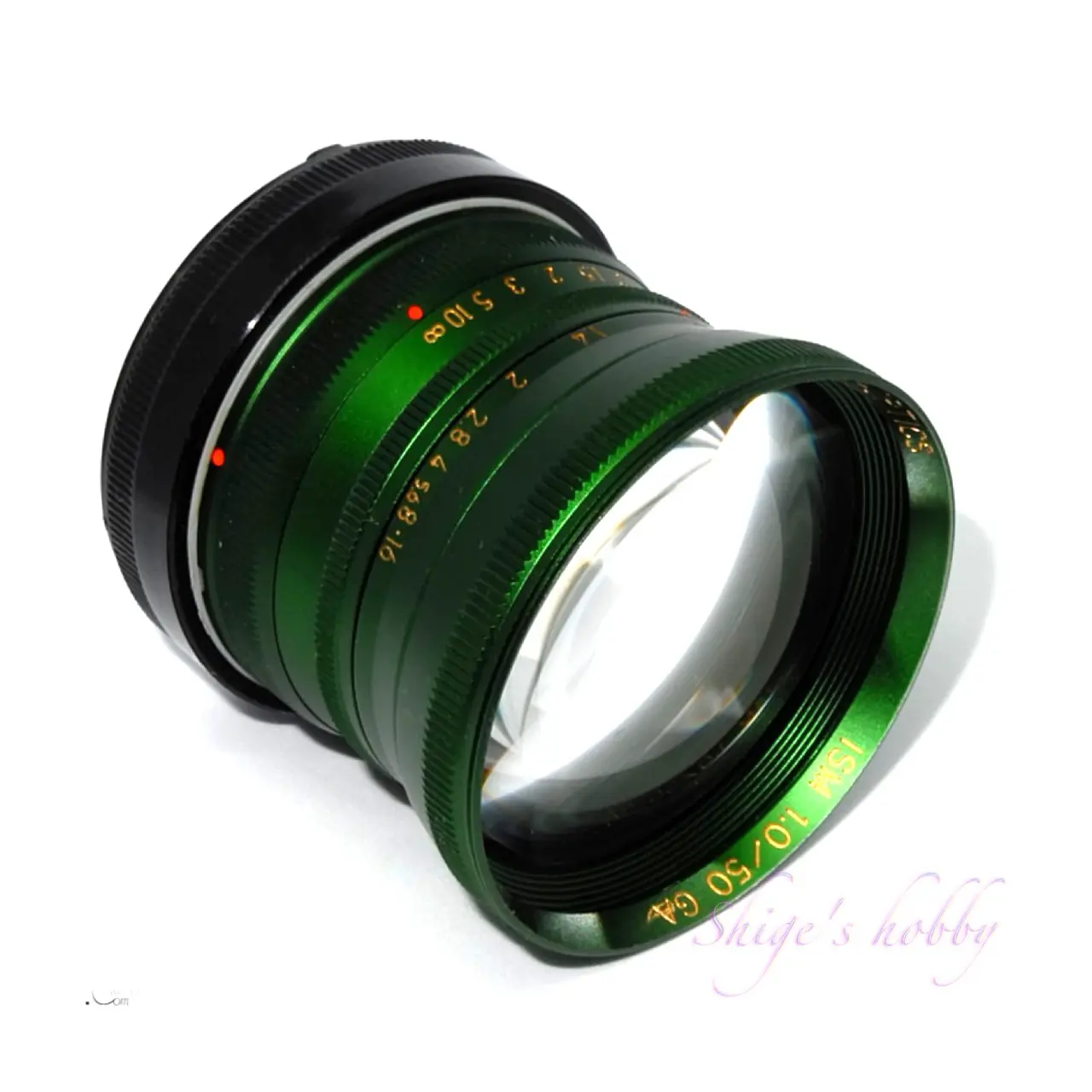
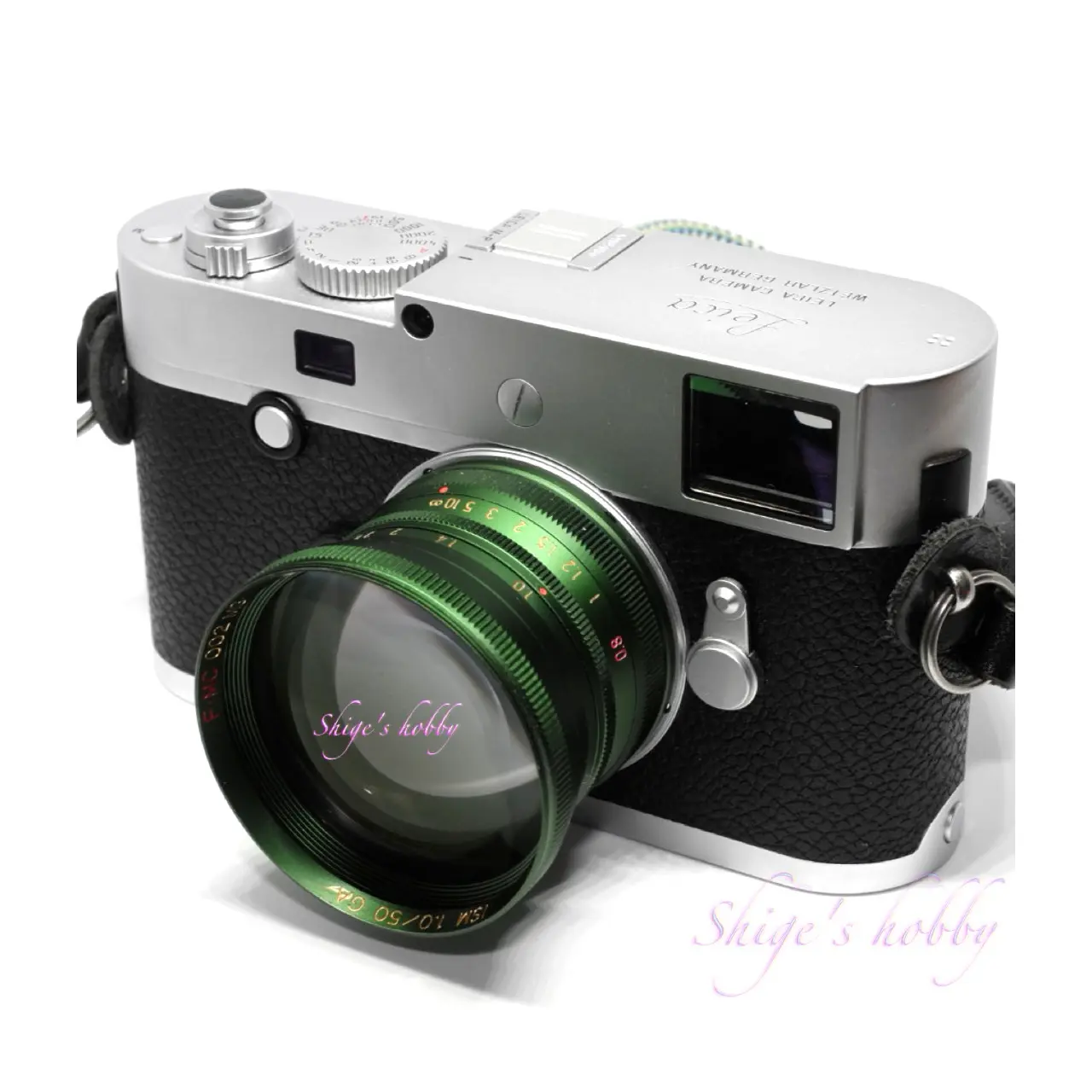
1.Overview
ISM 50mm F1 GA is a large-aperture standard lens from MS-Optics (Miyazaki Optical).
As the GA in the lens name indicates, the lens format is a Gaussian type with 5 groups and 7 elements.
The minimum shooting distance is 0.8m, and it is linked to the rangefinder of a rangefinder camera over the entire range.
The overall length is 41mm, and the maximum diameter is 55mm. It weighs 180g, which is an exceptionally compact size and weight for a lens with an aperture of F1.0.
This lens has a large front element, so a 55mm filter can be used to protect the front of the lens, but the lens side has an external thread unique to Ms-optics (general lenses have internal threads), so the filter must be attached in the opposite direction to normal, so care must be taken. The hood also has an internal thread of 55mm diameter, so it cannot be attached to a normal lens.
2.Usability
At full aperture, the ISM 50mm F1 GA’s rendering tends to flare across the entire frame, with rendering being quite soft except for the central focal plane. Reproduction improves when stopped down to around F2.8. Vignetting is evident at the corners even at full aperture, and this does not improve when stopped down.
Miyazaki’s ideal of a bright and compact lens is realized. However, the trade-off is hazy rendering and a drop in contrast at full aperture. Avoiding full aperture and narrowing the aperture defeats the purpose of a large-aperture lens, making it difficult to use.
This lens uses a Gaussian lens construction; lens designer Miyazaki abandoned the Sonnar construction, his favorite construction, in order to achieve an F1.0 aperture with a standard lens.
At full aperture of F1.0, the double image overlap of rangefinder cameras makes it difficult to focus on the desired point, so when using this lens with an M-series digital Leica, an electronic viewfinder was attached.
When used with the mirrorless camera LEICA SL typ601, the high-resolution electronic viewfinder, known as EyeRes, allowed me to accurately determine the focus position by using the display magnification function. This was also the case with fellow mirrorless cameras, the SONY α7Sii and HASSELBLAD X2D-100C.
If focus position is important when using this lens, it is better to choose a camera with an EVF.
In terms of operation, the aperture ring is located in the valley of the lens barrel, reducing the possibility of accidental aperture adjustment. The focus is rotated and extends, and the lens length increases as the shooting distance decreases.
The lens’s exterior, including the paint job, is sophisticated, and it can be said to represent the pinnacle of Ms-optics’ development.
It is available in a wide range of colors, including the metallic green shown in the photo, as well as metallic red, metallic blue, metallic brown (gold), black paint, black, and silver.
When shooting with the HASSELBLAD X2D-100C, which is equipped with a medium format digital sensor, you can see that the image circle is designed for 35mm format, as shown in the diagram below.
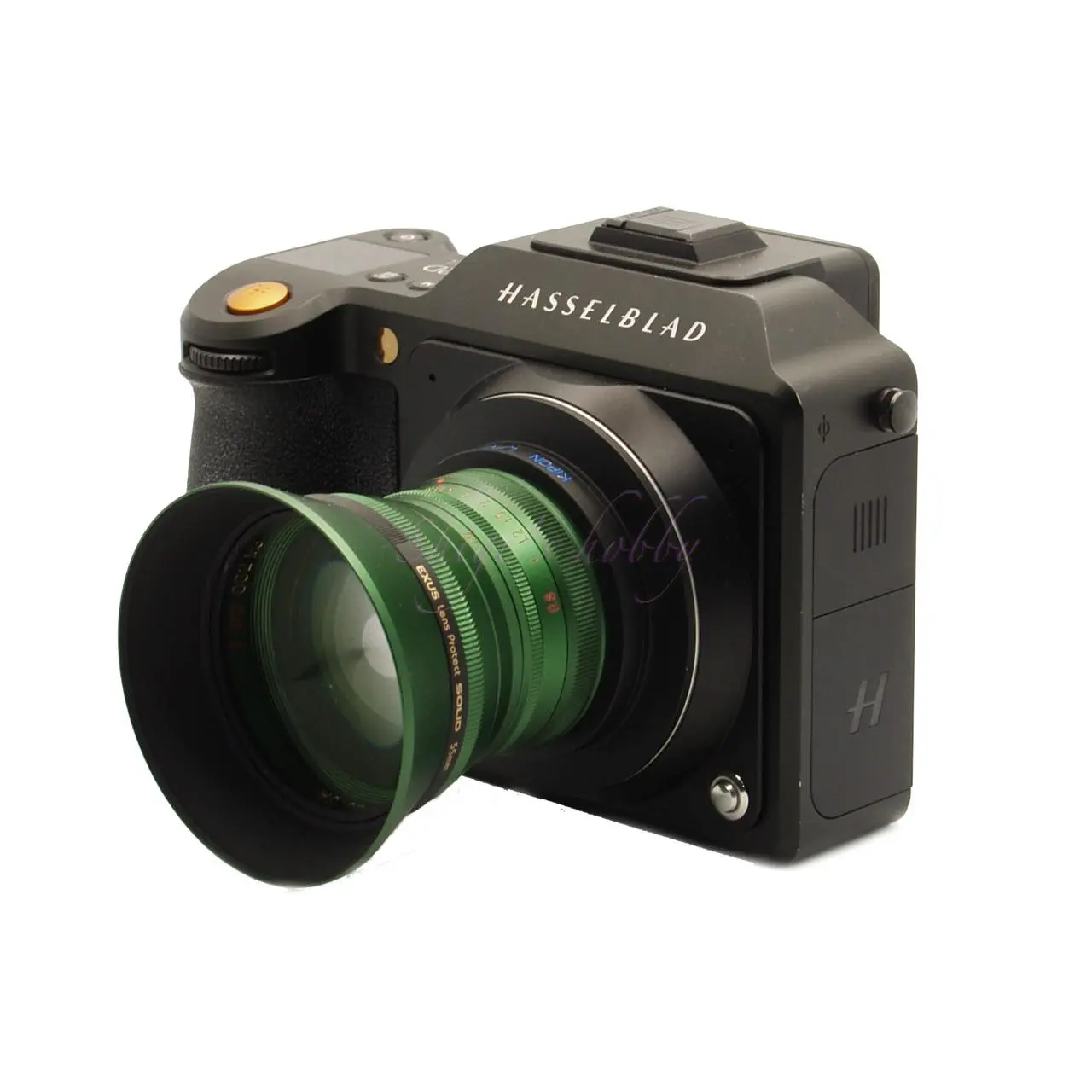
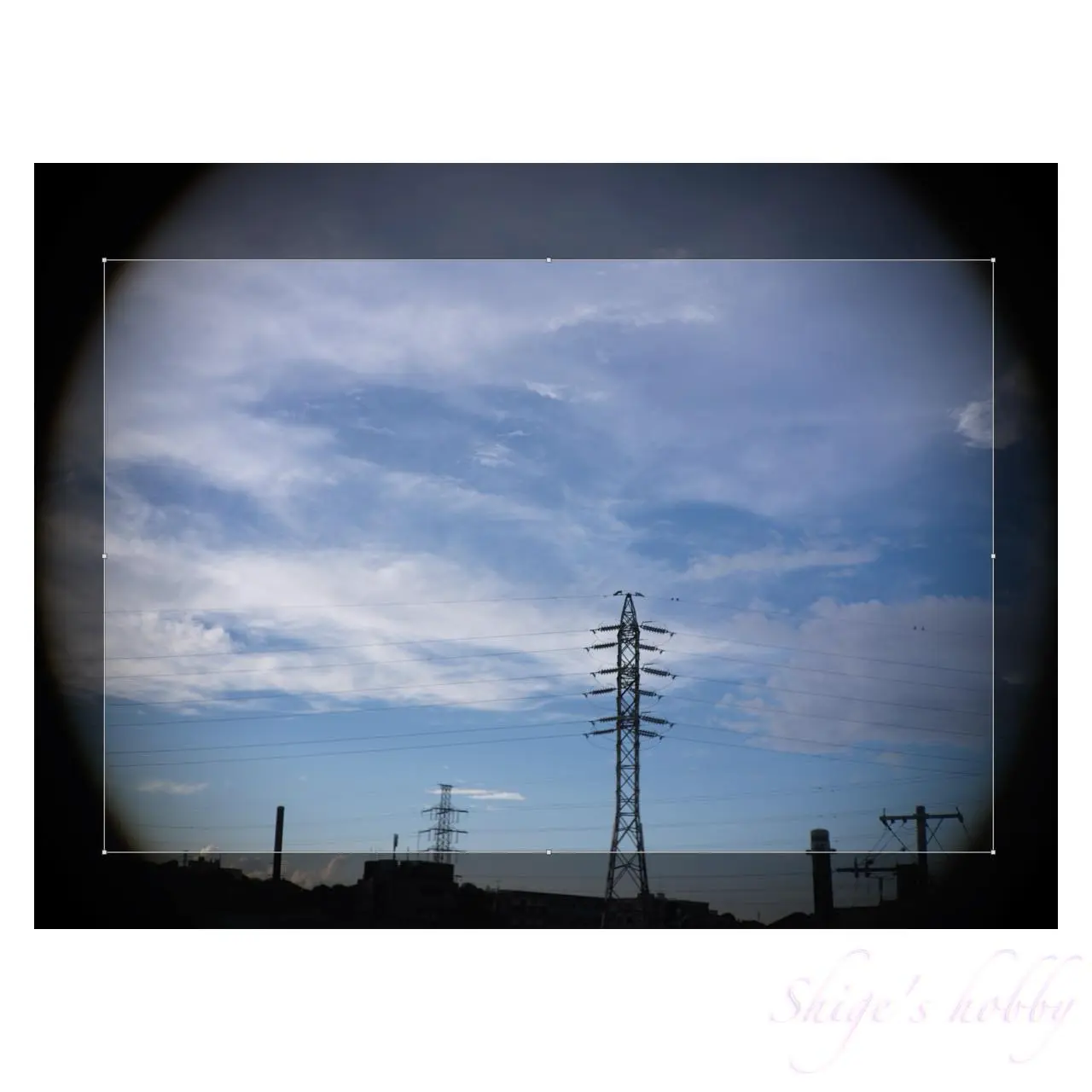
3.Summary
In conclusion, to sum up the MS-ISM 50 GA, the design is quite over the top in order to achieve an aperture value of F=1, and the image quality at full aperture is questionable. If you plan to use a narrow aperture, there is little point in choosing this lens, and it is a lens for photographers who enjoy the wild image quality at full aperture.
Specifications and Competitor
There are a fair number of standard lenses for rangefinder cameras that are brighter than F1.0, released by manufacturers including Leica, Cosina’s Voigtlander, and Chinese manufacturers, and this lens is the most compact.
As mentioned above, there are some difficulties with the image quality at maximum aperture, so in terms of image quality at maximum aperture, the large-aperture standard lens Sonnetar 50mm / F1.1 released by Ms-optics has a straightforward image quality at maximum aperture and is easy to use.
| Item | MS-ISM | KONICA | CANON | Voigtlander NOKTON |
| focal length(mm) | 50 | 50 | 50 | 50 |
| Maximum aperture | 1.0 | 1.2 | 1.2 | 1.1 |
| Minimum aperture | 16 | 16 | 22 | 16 |
| Aperture blade | 16 | 12 | 11 | 10 |
| Lens Construction | 7 elements in 5 groups | 7 elements in 6 groups | 7 elements in 5 groups | 7 elements in 6 groups |
| Minimum distance(m) | 0.8 | 0.9 | 1.0 | 1.0 |
| Lens length(mm) | 41 | 50 | 39 | 57.2 |
| Lens max diameter(mm) | 54.7 | 68.8 | 63 | 69.6 |
| Filter type | 55 | 62 | 55 | 58 |
| Hood | Trumpet type/ screw-in | Cylindrical slit/screw-in | Cylindrical slit/screw-in | Cylindrical/screw-in Cylindrical slit/screw-in |
| Weight(g) | 178 | 390 | 322 | 428 |
| Release date | M | KM | L39 | VM |
| Production numbers | 2019.08 | 2001 | 1956.09 | 2009.6.29 |
| Price | ¥150,000 | – | ¥60,000 | ¥131,250 |
Reference links
- Description of Double Gauss lenses by Wikipedia
- LEICA M10・Shige’s hobby
- LEICA M-P typ240・Shige’s hobby
- HASSELBLAD X2D-100C・Shige’s hobby
Affiliate Link
- leica lens・Ads by Amazon
- Ms-optics・Ads by Amazon
- leica books・Ads by Amazon

Amazon Prime Sale
Update
- 2025.9.11
- 2024.5.16:Update
- 2024.2.11:Update
- 2022.01.11:First draft

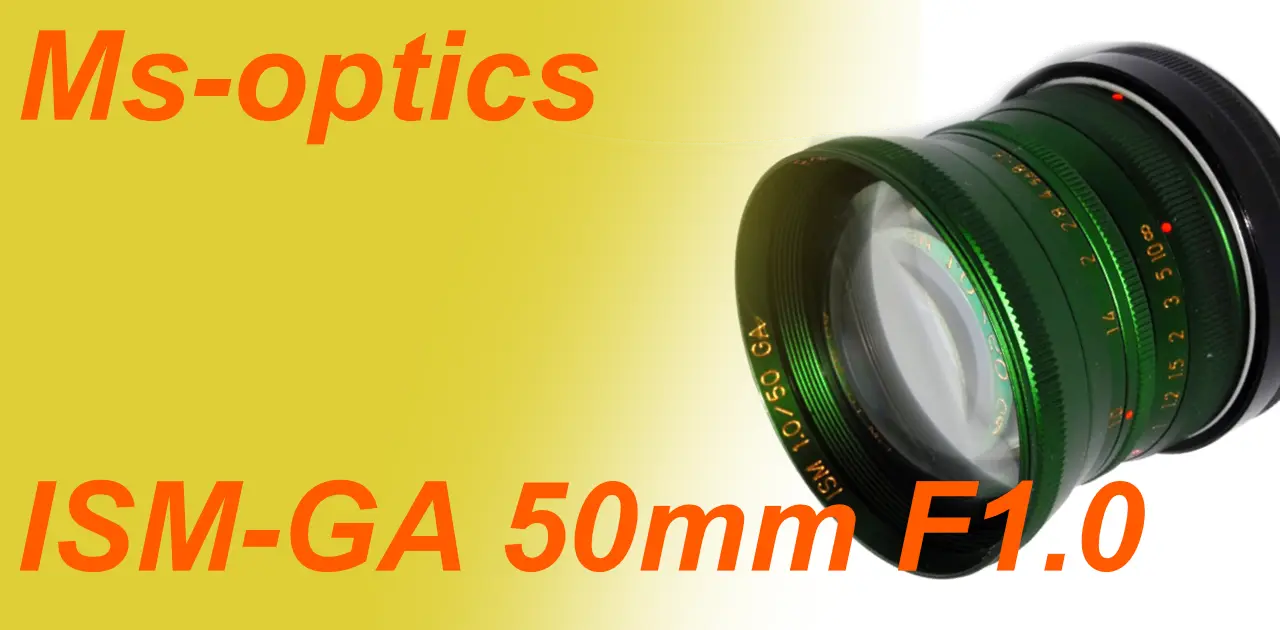

Be First to Comment